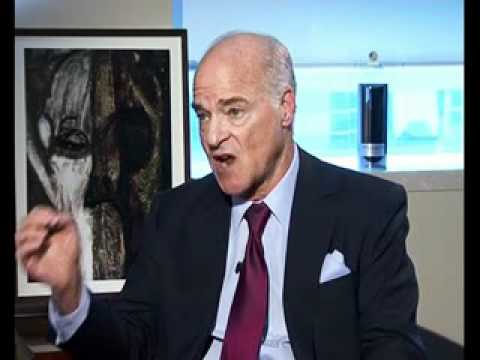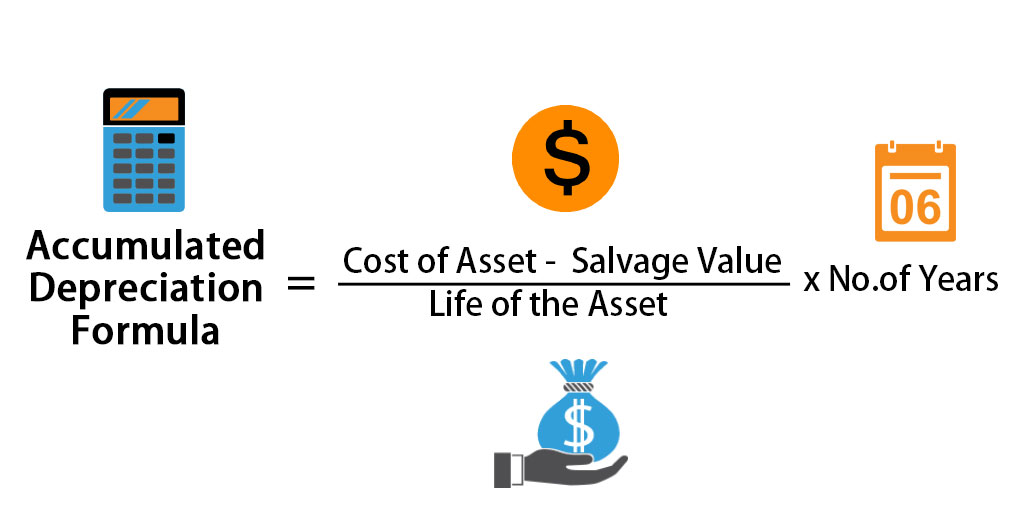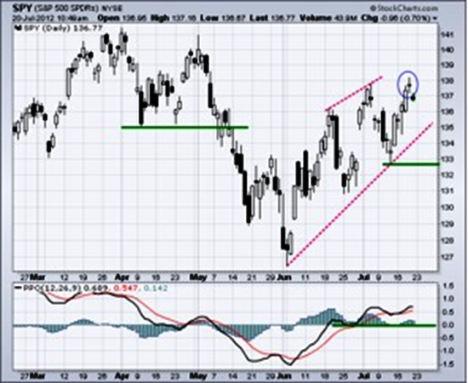Content

(Andersen continues to defend itself in June 2002.) Instead of taking hard internal action, the U.S. Justice Department maintained that some Andersen employees actually shredded and documents and tried, unsuccessfully, to destroy electronic mail documents. In March 2002, the Justice Department indicted Anderson for obstructing attempts arthur andersen by the Justice Department looking into earnings restatements by Enron, according to Bloomberg News. Some important Andersen officials were then fired, but it was too late to stop judicial proceedings, and these officials fingered higher-ups at Andersen for allegedly ordering or encouraging the destruction of documents.
One would have to review the audit workpapers to determine KPMG’s responsibility, if any. The Department of Justice rushed to indict Andersen for obstruction of justice. The evidence shows that Andersen personnel destroyed duplicate copies of old memos, old magazines and requests for charitable contributions and these were destroyed before the SEC had issued any subpoena to Andersen or even discussed the possibility of such a subpoena with Andersen. In contrast, the Department of Justice gave misleading testimony, engaged in leaks, allegedly threatened witnesses and admitted in Court that it had failed to review the most crucial evidence, Andersen’s audit workpapers. An Oct. 10 video of Andersen partner Michael Odom telling colleagues — including a dozen on the Enron audit team — that the document policy should be followed. He said anything destroyed before litigation is filed was “great” because “whatever might have been of interest to anybody is gone andirretrievable.

The company grew rapidly with many employees becoming licensed as accountants and auditors in many states. Those in New York (1921), Kansas City (1923), and Los Angeles (1926) were the company’s main offices. Already serving as an auditor for many industrial corporations, Arthur Andersen began providing financial and industrial investigation services.
FAST FACTS: About Arthur Andersen
After all, Andersen people had first been defrauded and then blamed for the fraud. SEC Chairman Harvey Pitt was one of the rare government officials knowledgeable about public accounting. Just as in the public debate, those who actually knew something about public accounting were drowned out by those who had a strong opinion but little or no knowledge. Berardino also urged that the law be changed to make it a felony to lie, mislead or withhold information from an auditor (Berardino, 2002). It is beyond comprehension that the damage done by the defrauding of Andersen does not rise to the level of a felony. If these gentlemen did know that Andersen was not the auditor of the entities where the fraud took place, they were deliberately accusing innocent people in order to distract attention from their own culpability.

By 2001, Arthur Andersen had grown into one of the Big 5 accounting firms, joining the likes of PricewaterhouseCoopers, Deloitte Touche Tohmatsu, Ernst & Young, and KPMG. At its peak, Arthur Andersen employed nearly 28,000 people in the U.S., and 85,000 worldwide. The firm was known globally for its ability to deploy experts internationally to advise multinational businesses across its auditing, tax, and consulting practices. Harvey Kapnick succeeded Spacek, and under him the consulting division expanded and developed rapidly. By 1979, the consulting division’s fees represented 20 percent of Andersen’s total revenues.
Rather than uphold the rule of law, the cornerstone of which is the presumption of innocence, the government and media crucified Andersen by smear while Andersen was silenced by a Justice Department gag order. The final execution was the Justice Department’s indictment of Andersen on the charge of obstruction of justice. Enron Online, which handled about 60% of Enron’s trading business (Davis, 2001) or about US$ 2.8 billion a day in trading (Davis, 2001), halted trading. Enron’s subsequent bankruptcy on December 2, 2001 was at that time the largest bankruptcy in history. In contrast, Enron’s 20,000 employees and retirees were temporarily blocked at a critical time from selling stock held within their 401(k) accounts because Enron had hired a new plan administrator. A temporary lockdown in order to transfer data to a new administrator is routine.
Andersen’s Aggressive Growth Moves Stateside
In the crisis, Andersen leadership appeared weak but probably even the strongest leaders could not have saved a firm in such circumstances. Perhaps the media considered such technical details boring compared to wild speculation and gossip. Even if Andersen had performed any consulting as it is generally defined (i.e. systems design and implementation as opposed to audit and tax-related services), Andersen’s independence (or lack thereof) was not the problem. The collusion to defraud committed by the Enron SPEs, assisted by banks, brokers and other outside parties, none of whom were Andersen clients, could not have been uncovered by any audit technique now in existence. An audit is based on the presumption that banks and other outside parties are honest and credible. However, the fact that Andersen was not the auditor of Chewco or LJM1 and LJM2 (hereinafter referred to as LJM) means that Andersen did not have access to any documents within these entities, including the partnership agreements identifying the partners.
Andersen clearly was gravitating toward the Enron scandal for many years, and company management needed to more carefully train its partners to make ethical judgments when dealing with difficult, high-pressure clients. According to media reports, no Andersen cash-cow client was bigger than Enron, paying $52 million a year for audit and consulting fees. Nonetheless, Andersen should have been forewarned since Enron had enduring previous accounting scandals going back to an oil trading the late 1980s, according to the Bloomberg News. By 2001, some Andersen executives clearly had become over-wrought by some of the dealings their company had experienced with Enron.
Identity narratives under threat: A study of former members of Arthur Andersen
The floundering economy of the past 24 months has uncovered an appalling amount of corporate fraud, wreaking untold damage on shareholders and employees and causing a loss of confidence in our market system. The series of frauds and the government’s response to those frauds have serious and wide-ranging consequences to the stability of our financial system. Jurors began their deliberations on June 6 after a roughly five-week-long trial. Andersen’s lead auditor in charge of handling the Enron account, David Duncan, has already pleaded guilty to obstruction of justice charges. He could get up to 10 years in prison at sentencing Aug. 26, though prosecutors are expected to seek a lesser sentence.
Arthur Andersen increased its use of accounting services as a springboard to sign up clients for Andersen Consulting’s more lucrative business. Arthur Andersen also led the way in a number of areas of accounting standards. Being among the first to identify a possible sub-prime bust, Arthur Andersen dissociated itself from a number of clients in the 1970s. Nor is it necessarily corrupt for an
attorney to “persuad[e]” a client “with intent
to … cause” that client to “withhold”
documents from the Government.
Thus the Andersen engagement letter would have listed by name the entities that Andersen was being hired to audit. If Andersen had listed Chewco and LJM as their auditing responsibility, Mr. Powers would most certainly have mentioned it. Andersen advised Enron on the proper criteria for determining whether an SPE should be consolidated. However, determining the criteria for the proper accounting treatment should not be confused with the responsibility for auditing the specific transactions of an audit client. The combination of politicians trying to distance themselves from political favors given to Enron (a major donor to both political parties) and the feeding frenzy of a media for whom a big story translates into profits created a mob mentality.
Accounting, professions and regulation: Locating the sites of professionalization
Another meeting for all team members
followed, during which Duncan distributed the policy and told
everyone to comply. These, and other smaller meetings, were
followed by substantial destruction of paper and electronic
documents. It is one thing to decide not to perform appraisal services for an SEC audit client. But those who think that audit firms should not perform tax work for a client are clearly not CPAs. An important part of the audit is the analysis of the current and deferred tax provision. Just as an obstetrician would never perform brain surgery, an audit partner would never sign off on the tax provision of a large and complex client.

Kapnick was succeeded by Duane Kullberg (who originally joined the company in 1954 as an auditor), whose first years at Andersen were wrought with problems. Nevertheless, the company on the surface continued to thrive, but the audit business was under pressure to accede to client wishes that the company founders never would have tolerated. By 1988, 40 percent of the company’s total revenues were generated from consulting fees, making Arthur Andersen the largest consulting firm in the world.
Get a 30 day FREE TRIAL
Andersen top officials argued that the company itself should not be found to blame for the actions of a few and argued that if all facts were known, the company should not be held responsible for Enron wrongdoings. (The conviction was in appeal at this writing, and there was no way of knowing by this writer whether the appeal would be denied or sustained.) Andersen officials maintained that Enron officials withheld key information from Andersen auditors. The court found that the instructions were worded in such a way that Andersen could have been convicted without any proof that the firm knew it had broken the law or that there had been a link to any official proceeding that prohibited the destruction of documents. The opinion, written by Chief Justice William Rehnquist, also expressed skepticism of the government’s concept of “corrupt persuasion”—persuading someone to engage in an act with an improper purpose without knowing that the act is unlawful. Logic tells us that if there were anything incriminating, it never would have been put in the audit workpapers to begin with.
- Enron made poor investments using borrowed money, the classic formula for bankruptcy.
- The outer limits of this element need
not be explored here because the jury instructions at issue
simply failed to convey the requisite consciousness of
wrongdoing. - On the same day, Temple also sent an
e-mail to a member of petitioner’s internal team of
accounting experts and attached a copy of the document policy. - Each became a separate entity with its own management structure responsible only to the parent company, Andersen Worldwide.
- In either case, the Board and the Powers Report lack credibility in their condemnation of Andersen.
- The SEC formally subpoenaed Andersen for Enron-related material on November 8, though the shredding came to a stop only the following day.
Arthur Andersen was an American accounting firm based in Chicago that provided auditing, tax advising, consulting and other professional services to large corporations. By 2001, it had become one of the world’s largest multinational corporations and was one of the “Big Five” accounting firms (along with Deloitte & Touche, Ernst & Young, KPMG and PricewaterhouseCoopers). The firm collapsed by mid-2002, as details of its questionable accounting practices for energy company Enron and telecommunications company Worldcom were revealed amid the two high-profile bankruptcies. The scandals were a factor in the enactment of the Sarbanes-Oxley Act of 2002.
Duncan favorably reviewed the work of Rick Causey, Enron’s chief accounting officer and Duncan’s former colleague at Andersen. Duncan let Enron employees intimidate Andersen auditors, such as locking an Andersen auditor in a room until he produced a letter supporting a $270 million tax credit. Until June 2002, Arthur Andersen was a global firm providing economic and financial consulting services; business consulting services; tax and business advisory services; and audit and business advisory services. Unless its court conviction is overturned on appeal, its audit practice was almost certainly slated to be dissolved in 2002.
Arthur Andersen LLP
He was generous in his commitment to aiding educational, civic and charitable organizations. In 1927, he was elected to the board of trustees of Northwestern University and served as its president from 1930 to 1932.
In summary, the SEC, the Department of Justice and numerous congressional committees all had full access to the Andersen audit workpapers of Enron. Is it possible that not one individual in all those government investigations bothered to inquire as to the identity of the auditors of the SPEs? The only other plausible explanation is that all these investigators knew full well that Andersen was not the auditor of the fraudulent SPEs but hid the truth so that Andersen would be wrongly blamed. If Andersen had been the auditor of Chewco and LJM, individuals in these entities might still have successfully colluded to defraud both Andersen and the Enron shareholders.
cheap sex toys
custom nfl jersey
wig store
adidas shoes sale
wigs for black women
adidas running shoes
nike air max men
cheap jerseys
nfl jerseys
bob wig
basketball jersey
adidas running shoes
custom jerseys
nike air jordan 1 mid
custom jerseys


